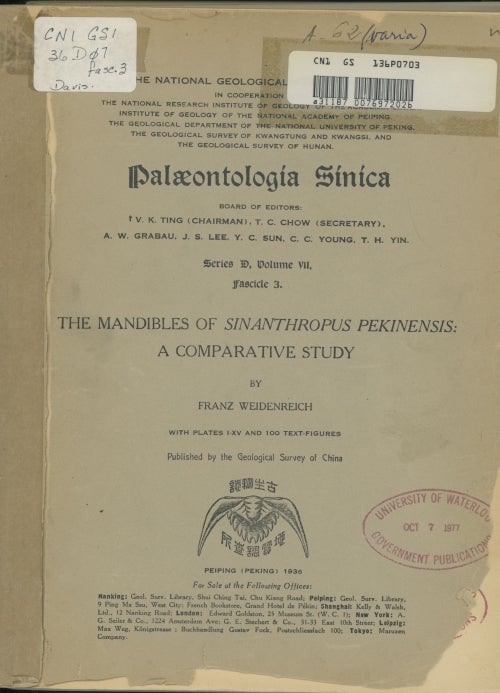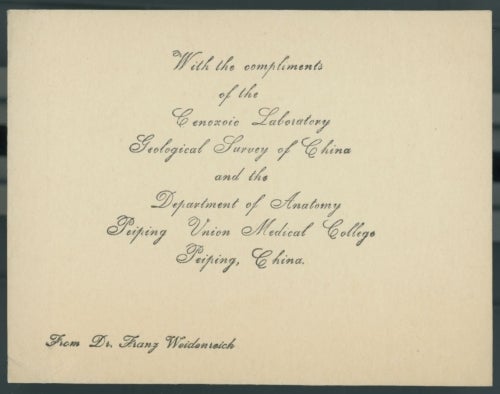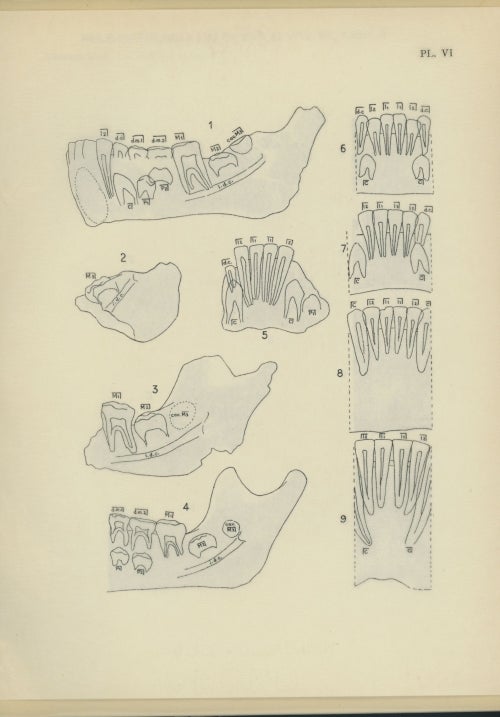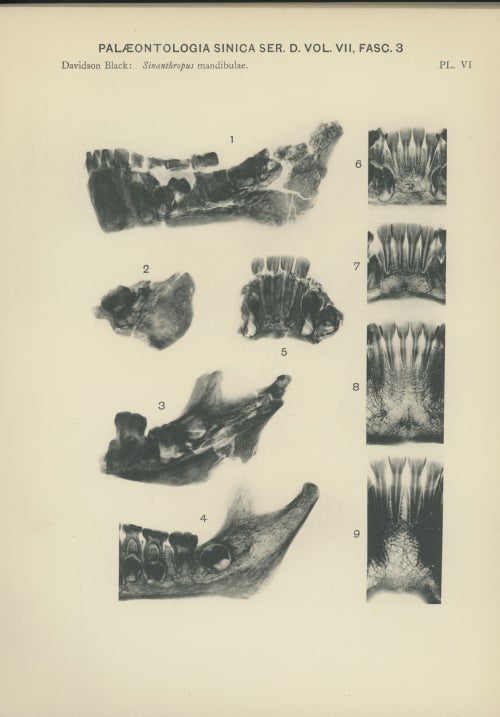Dana Porter Library, first floor
University of Waterloo Library
Waterloo, Ontario N2L 3G1
519-888-4567 x42619 or x42445
Recent blog posts
Blog topics
-
1492LandBackLane (1)
-
1900s (2)
-
Abyssinia (1)
-
advertisements (1)
-
album (1)
-
anatomy (1)
-
anniversary (1)
-
anti-suffragists (1)
-
archives (25)
-
arithmetic (1)
-
art (1)
-
autographs (2)
-
automation (1)
-
awards (1)
-
badges (1)
-
bank fraud (1)
-
barcodes (1)
-
beer (1)
-
Birth Control (1)
-
BLIND DATE (1)
-
book collection (1)
-
books (19)
-
bookworms (1)
-
botany (1)
-
Britain (1)
-
British history (1)
-
Burns (1)
-
Cambodia (1)
-
Canadian history (1)
-
casinos (1)
-
Catholicism (1)
-
censorship (1)
-
Charles Dodgson (1)
-
Chinese history (1)
-
clothing (2)
-
co-op (2)
-
co-op students (2)
-
cocoa (1)
-
community (1)
-
conservation (1)
-
correspondence (1)
-
COVID-19 (1)
-
Crochet (1)
-
culture (1)
-
Dance (1)
-
dancing (1)
-
detective (1)
-
dolls (1)
-
Drama (1)
-
Drawing (1)
-
ectoplasm (1)
-
Eid (1)
-
Eid Celebration (1)
-
eldritch horror (1)
-
employment (1)
-
Englishmen (1)
-
Eric McCormack (1)
-
Euclid (1)
-
Eugenics (1)
-
examinations (1)
-
exams (1)
-
exercise (1)
-
facsimiles (1)
-
fairy tales (1)
-
farms (1)
-
Fashion (1)
-
FINE ARTS (1)
-
fire (1)
-
five year plans (1)
-
flowcharts (1)
-
Frenchmen (1)
-
gas masks (1)
-
geese (1)
-
gender studies (1)
-
gender violence (1)
-
geography (1)
-
ghosts (2)
-
H.P. Lovecraft (1)
-
hidden art (1)
-
HIST250 (1)
-
history (6)
-
holy books (1)
-
horror fiction (2)
-
hydrography (1)
-
illustrations (1)
-
Indigenous (1)
-
inflation (1)
-
insects (1)
-
introduction (1)
-
journalists (1)
-
Kaufman Shoes (1)
-
Kitchener (2)
-
knitting (1)
-
Lady Aberdeen (1)
-
landscapes (1)
-
Latin (1)
-
Lewis Carroll (1)
-
LGBT studies (1)
-
libraries (1)
-
local history (1)
-
Lydia Dotto (1)
-
magazines (1)
-
magic (1)
-
mandibles (1)
-
marbling (1)
-
Marie Stopes (1)
-
media (1)
-
medicine (2)
-
Michael Fritsch (1)
-
midwifery (1)
-
murder (2)
-
mushroom (1)
-
mysteries (1)
-
mysticism (1)
-
Noel Hynes (1)
-
Novels (1)
-
nursery rhymes (1)
-
occult (2)
-
opera singers (1)
-
optimism (1)
-
outreach (1)
-
oxygen (1)
-
paleontology (1)
-
pharmacy (1)
-
photographs (5)
-
planning (1)
-
playboys (1)
-
Poetry (1)
-
pop-up books (1)
-
prejudice (1)
-
Pride (4)
-
pulp (1)
-
quietism (1)
-
quotes (1)
-
radio (1)
-
Ramadan (1)
-
rare books (11)
-
rates (1)
-
rationing (1)
-
religion (1)
-
repurposing (1)
-
research (1)
-
restaurants (1)
-
Romance (1)
-
rubber (1)
-
Sardinia (1)
-
satire (1)
-
science (1)
-
scrapbook (1)
-
scrapbooks (1)
-
seances (1)
-
Second World War (1)
-
Shoes (1)
-
smuggling (1)
-
Sorels (1)
-
spatulas (1)
-
spelling (1)
-
spiritualism (3)
-
spirituality (1)
-
staff (1)
-
Stamps (1)
-
steamships (1)
-
Stephen King (1)
-
Stranger Things (1)
-
students (3)
-
suffragists (3)
-
surveys (1)
-
telephones (1)
-
theatre (1)
-
theosophy (2)
-
Transcription (1)
-
trumpets (1)
-
typefaces (1)
-
urban planning (1)
-
vases (1)
-
volleyball (1)
-
waltzing (1)
-
wand (1)
-
water towers (1)
-
Waterloo (1)
-
Wedding (1)
-
women (1)
-
Women Studies (1)
-
women's studies (6)
-
Womens Rights (1)
-
world war i (1)
-
World War II (4)
-
WS (2)
-
zero gravity (1)
Blog posts by audience
- Post-doctoral fellows (1)
- Current students (12)
- Everyone (2)
- Future students (9)
- Faculty (10)
- Staff (10)
- Alumni (10)
- Parents (8)
- Donors | Friends | Supporters (9)
- Employers (7)
- International (7)
- Media (8)
Blog posts archive
In 1923, the first specimen (a molar) of a new human ancestor was found in Zhoukoudian, near Beijing, China. Many more fossils were found in the area, and Canadian paleontologist Davidson Black named this new ancestor Sinanthropus pekinensis, "Peking Man" (after the city of Beijing, spelled Peking before the Pinyin romanization system was adopted. The city was also known as Beiping or Peiping from 1928 to 1949). Today Sinanthropus is considered to be an example of Homo erectus.
Most of the fossils had been kept at the Union Medical College in Beijing, in the Cenozoic Research Laboratory, founded by Black in 1928. In 1941, while Beijing was under Japanese occupation, but before war was declared between Japan and the Allied Forces, these fossils were moved for safe-keeping, but disappeared en route.
Recently transferred to Special Collections & Archives from the Davis Centre Library is this comparative study of mandibles of Sinanthropus pekinensis, published in Palaeontologia Sinica by Franz Weidenreich, who took over from Davidson Black as honorary director of the Cenozoic Research Laboratory in 1935. Accompanying the study are many beautiful plates, some with overlays.
Within the book was a card from Dr Franz Weidenreich.
"With the compliments of the Cenozoic Laboratory Geological Survey of China and the Department of Anatomy Peiping Union Medical College Peiping, China. From Dr. Franz Weidenreich"
Plate with overlay.
Overlay
Plate without overlay.
Following post: H. Spencer Clark, first aid certificates
Previous post: WS101, meet Alice Riggs Hunt









